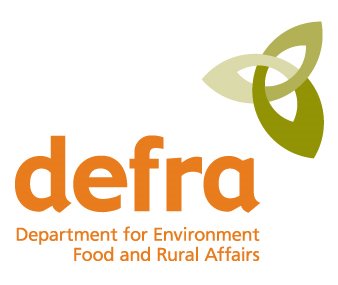In July of 2005, Defra, the UK government agency charged with the environment, published a report they had commissioned to ADAS/The Centre for Sustainable Crop Management.
The 68 page work is titled: UK Flax and Hemp Production: The impact of changes in support measures on the competitiveness and future potential of UK fibre production and industrial use.
As a governemnt document, it is available on request from: Defra, Ergon House, Horseferry Road, London, SW1 2AL/Tel: 020 238 6166/ industrialcrops@defra.gsi.gov.uk
There is a claim that is is available on the defra website, but this may not be the case, or wasn't when last checked.
Contents of the report are as follows:
Executive Summary
Introduction and background
Change in support payments
Flax and hemp and the environment
Utilisation of flax and hemp and competition from other fibres
Agronomy of flax and hemp - scope for improvement
Future scenarios
Appendix 1: Flax Varieties approved under IACS
Appendix 2: Hemp Varieties approved under IACS
Appendx 3: Sturctural components of the hemp plant and their uses
Appendix 4: Approved used for flax and hemp
Appendix 5: Approved products for use on hemp
The report recommends hemp cultivation for the UK, asserting: "...the UK is arguably one of the best placed countries to develop industries based on the short flax and hemp markets." (p. 5)
A conclusion from the section in which that statement was made reads: "At current commercial yield, hemp is competitive with other common break crops after the removal of AAPS support and has a low environmental footprint." (p.9)
On the subject of biodiversity, hemp is found again to be beneficial (p.11); reference to the Linnet, Carduelis cannabinis, is made, as one of many seed eating birds that would benefit from hemp in the landscape. (It mentions the fact that the Linnet is one of the few birds whose young feed entirely from seeds).
Another reason stated for using hemp to increase biodiversity is the fact that this reduces the overall levels of pests and diseases associated with cereals and oilseeds. (p. 12)
An issue that the report touches on is the use of hemp in the paper industry: "Hemp fibre can replace wood fibre without changes to production equipment", is states (p. 23), and this has been borne out by individuals who have themselves made many tonnes of hemp paper in the UK, including John Hanson of Lyme Regis (whose paper is featured in Hemp for Victory).
When discussing paper there is always the mention of hurds, the inside part of the stems which by weight make up 70-80% of the plant. These have been used for paper in the US since at least 1915, when government testing proved them to be useful material, and in France, where they were sold off for medium grade paper pulp in the 1920s. The Defra report states: "The hemp hurds (short core fibres) may be processed into cellophane packing material or into low cost, compostable replacement for polystyrene." (p. 23)
The use of hurds as building material is also addressed, citing the cement made with them that is stronger than cement but five times lighter. (p. 23)
The textile market is looked at also, though there is littel infrastructure in the UK presently to weave and knit hemp cloth. Comparing hemp to cotton, it notes: "...hemp fibres are longer, stronger, more lustrous and absorbent and more mildew resistant." (p. 24)
Other application are also discussed, from seed oil to insulating material, and it is quite clear from the report that hemp is of economic value to the UK.
As Defra has commissioned this and has this information in its hands, it is only fair to query Defra ministers as to what they are doing about it. Further information on this agency and ministerial response will be available at the hemp for victory blogspot from time to time.

No comments:
Post a Comment